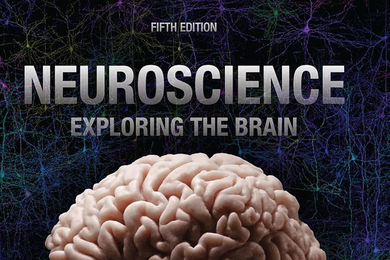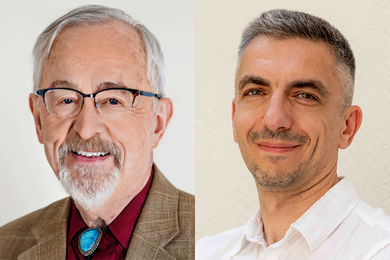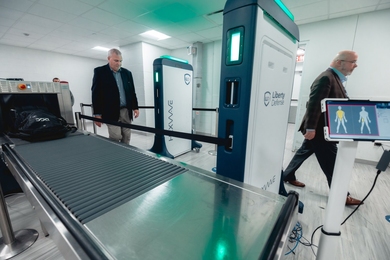As a high school sophomore, Asad Moten read a news story about engineering new organs for patients waiting for a transplant, and decided to start his own tissue-engineering project.
His efforts led to the invention of a scaffold that can help regenerate tissue and that may one day be able to help patients with spinal cord injuries, serious burns, nerve defects and other chronic wounds. The invention, known as a protein printboard, may also lead to methods to engineer transplantable organs, which could help some of the 80,000 people in the United States waiting for donated organs.
"Twenty of these patients die every day due to a lack of replacement organs and tissues for them," says Moten, who is forming a startup, ECMatrix Inc., to develop tissue replacement scaffolds.
Moten's invention has won him numerous awards and accolades, the most recent being an induction into the Young Inventor's International Hall of Fame. He was also a regional finalist in the 2006-2007 Siemens Westinghouse Competition.
Now a sophomore at MIT majoring in brain and cognitive sciences and biological engineering, Moten, who is originally from Pakistan, says he became passionate about science and medicine in elementary school. As a high school student in Houston, he completed several projects in nanotechnology, computational neuroscience, gene therapy and biomedical engineering.
He is now working with several other students to launch ECMatrix: Salvatore Mascia, an MIT postdoctoral associate in chemical engineering; Benjamin Geisler, an MD and a student at Harvard School of Public Health; Nate Huebsch, a PhD student in the Harvard-MIT Division of Health Sciences and Technology; and Francesco Renzo, an MBA student at MIT Sloan.
The team is filing for a patent on the tissue scaffold, writing grant applications and entering venture capital and business plan competitions, including the $100K MIT Entrepreneurship Competition. For the $100K competition, the students are focusing on one application of the scaffold: regeneration of spinal discs.
Moten envisions that the scaffold could be implanted to replace a deteriorated disc, and the patient's own cells would then migrate to the scaffold and start forming new cartilage. "The body does most of the regeneration after implantation," he says.
Currently there are no implantable devices that can regenerate tissue the way this scaffold would, he says.
"This is a highly important area, and Asad's approach is novel and a significant step forward," says Ali Khademhosseini, a faculty member at the Harvard-MIT Division of Health Sciences and Technology and Harvard Medical School who has advised Moten on his research.
Moten developed the protein scaffold at Rice University, University of Texas Medical Branch and NASA Johnson Space Center, later at Stony Brook University in New York, and now at Harvard-MIT Division of Health Science and Technology.
Moten is driven by his desire to develop innovative technology that can improve patient care -- a goal he pursues on top of his regular workload as a double major.
"It doesn't seem like work when you are truly passionate and dedicated," he says.
A version of this article appeared in MIT Tech Talk on March 11, 2009 (download PDF).






